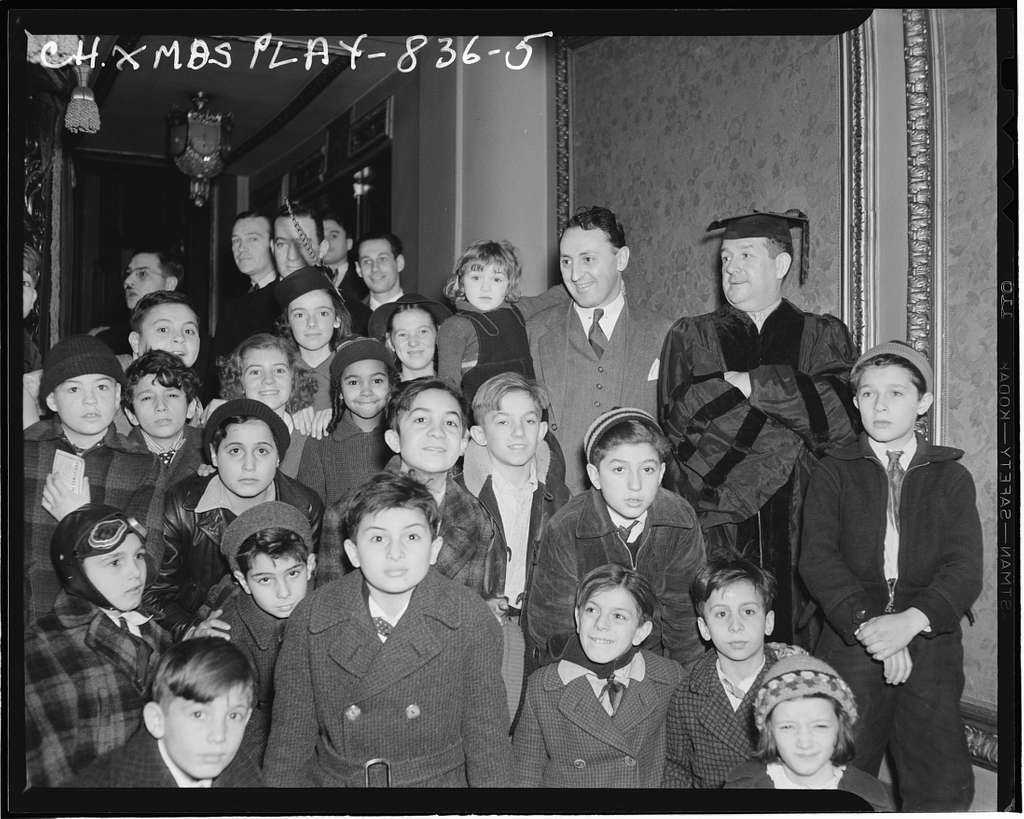In thinking about my career in human resources, I found myself looking back to my school years in New York City in the early 1930s, where I was exposed to schoolmates from almost every background imaginable. My friends were from diverse religious beliefs, national backgrounds, race, and economic circumstances. We were all from families that came from more or less limited economic situations, especially because of the Great Depression that rolled through the United States in the late 1920s and through most of the 1930s. Yet it was a period, even in grammar school, when discipline was respected and wearing a shirt and tie was common for boys, regardless of their backgrounds and/or economic circumstances.
While I was a reasonably good student, my so-called grammar school followed what was then called a “progressive curriculum,” which became popular in the 1930s and was built upon the notion
that children learned best experientially rather than by rote; certain important subjects were not available to me, especially even the most elementary matters related to grammar. Thus, when I was in junior high school, I discovered that my shortcomings in grammar contributed to my failing French. Two other boys also failed French. How well I remember the camaraderie we developed—two Black students and one white. Together, we three failures became close friends in our struggle to pass the four semesters of French required to graduate from high school at that time in New York. We were just three kids trying to succeed, and Mrs. Salowitz, our Russian-Jewish teacher of French, understood our problems and really helped us get those credits. But our neighborhood school was more diverse than just being multiracial: I had not only my two Black friends, but also Jewish, Italian, Irish, and Polish friends. And even as a young person, I started to think about all these “friends” as a mélange that contributed to understanding what I thought was the American profile of an integrated society. It is true that there was prejudice directed by some toward the Black students in our class, but it wasn’t universal.
A few years later, when I was inducted into the Army, I found it extremely difficult to understand all the nuances, anomalies, and outright differences that described other draftees recruited throughout the country. I had grown up in a melting pot and couldn’t understand how people from southern Illinois, or sections of the South, for example, could differ so much from New Yorkers in so many ways, and that Black inductees from other regions in that period had such different views about their race and role from those I knew from my two New York Black buddies.
(Image courtesy of the Library of Congress)

